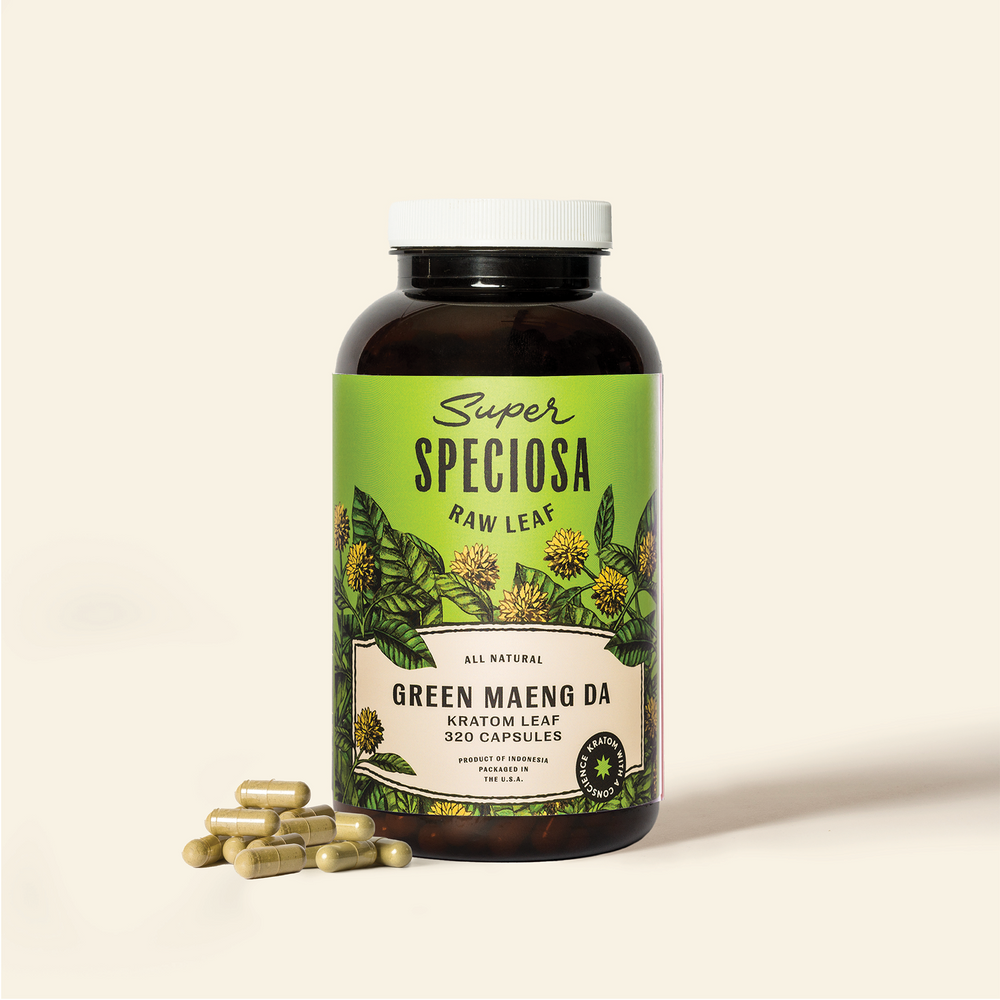Advocates push for kratom regulations to be passed in New York
ADVOCATES PUSH FOR KRATOM REGULATIONS TO BE PASSED IN NEW YORK

For the third legislative session in four years, lawmakers in New York are taking up the question of kratom’s legal status in the state, with those who support the plant hoping that this time turns out to be the ‘charm.’
Bills to create a Kratom Consumer Protection Act have been introduced in both chambers of New York’s state government and currently sit at the same point in the process where previous efforts stalled out. With literally years of legwork behind the bill, the growing group of lawmakers supporting the efforts is hoping to capitalize on momentum from other state houses and push protections for the plant over the finish line.
The current pair of proposed bills have the same sponsors that introduced both bills in the previous session of the New York state legislature. Both efforts have also been steered toward the same committees in each chamber. With just two weeks to go in the current session, advocates are hoping to make sure this session doesn’t also yield the same outcome.

New York State Senator Leroy Comrie, Chairman of Committee on Corporations, Authorities, and Commissions, introduced Kratom Consumer Protection Act
Each of the last two years, the upper chamber’s version of the bill has been introduced by state Sen. Leroy Comrie, matching Rep. Donna Lupardo’s identical bills in the Assembly. Before Comrie, state Sen. David Carlucci was the first to propose a KCPA in New York during the 2019-20 session. Comrie left the state house to pursue a position in the U.S. House of Representatives.
With Comrie and Lupardo at the helm during each of the past two sessions, the bills have made it to the same point where Carlucci’s effort stalled the first time around. In the Assembly, the bill has been referred to the Consumer Affairs and Protection Committee; the Senate version is on its third trip to the Agriculture Committee.
Both the substance and the justification of the bill have also stayed consistent across all five efforts. The law is looking to establish requirements for product labels, establish regulations for kratom products for sale, and go where similar efforts have not gone to codify penalties and specific rules and regulations to govern the market for the plant.

Assemblywoman Donna A. Lupardo Assembly District 123 supports Kratom Consumer Protection Act in New York.
On the label front, the law is straightforward: Any product “represented to be a kratom product shall disclose on the label... the factual basis upon which such representation is made.” It’s not as strict as some label requirements (such as listing all ingredients, including a QR code for batch information, etc.), but other concerns that have been addressed through labels are handled in the violations portion.
Under that section, it would be illegal to sell adulterated kratom products or contaminated products with “non-kratom ingredients.” It also calls for kratom to “include on its package or label the amount of mitragynine and 7-hydroxymitragynine contained in such product and directions for safe and effective use.” New York’s version of the KCPA would set the age required to purchase at 18.
What’s significant about dosage requirements being included in a separate section is how the penalties are laid out under the law. Should a dealer be found in violation of the simple label requirements, the penalty would be a $500 fine the first time and a $1000 fine for any subsequent violation.
If a dealer is found guilty of violating the second section of violations, the charge is upgraded to a misdemeanor and could carry a possible prison sentence.
As part of the justifications for the bill, lawmakers reference the work of the American Kratom Association and a “more reasonable solution” than the heavy handed approach of the Food and Drug Administration. In 2016, the FDA led a charge at the state level that saw six states schedule kratom using the same evidence that was rejected twice by the federal government and failed to influence the United Nations to take action against kratom.
The AKA, through bills like the one proposed in New York, is now working to undo that action and secure access for kratom despite hesitation from certain federal agencies.
Included in the justifications is credit to the AKA (a consumer advocacy group that does not directly sell kratom) for creating the framework of the legislation. That section also lists a trio of states that have passed their own version of a KCPA and says similar legislation is “under consideration in another dozen states in the current legislative session.”
That last claim is no longer accurate: Texas became the 10th state to sign kratom protections into law earlier this month after a series of successes this spring for kratom advocates. In fact, some states that have scheduled kratom have considered KCPAs during this current legislative session. After two failed attempts to take federal action, Congress is even attempting to do its part to turn the tide toward regulation with the introduction of “groundbreaking” legislation to regulate kratom at the federal level.
By introducing identical legislation in both chambers, legislators in New York are hoping to expedite the process and join the ranks of states with kratom regulations. Although the timeline is tight for the passage of any legislation still in committee in the final weeks of a session, advocates and the five members of the state legislature who support the bill are hoping to finally have a chance to have the bill heard and take any step toward joining the ranks of states to protect consumers from an unregulated or black market approach to kratom sales.





